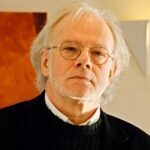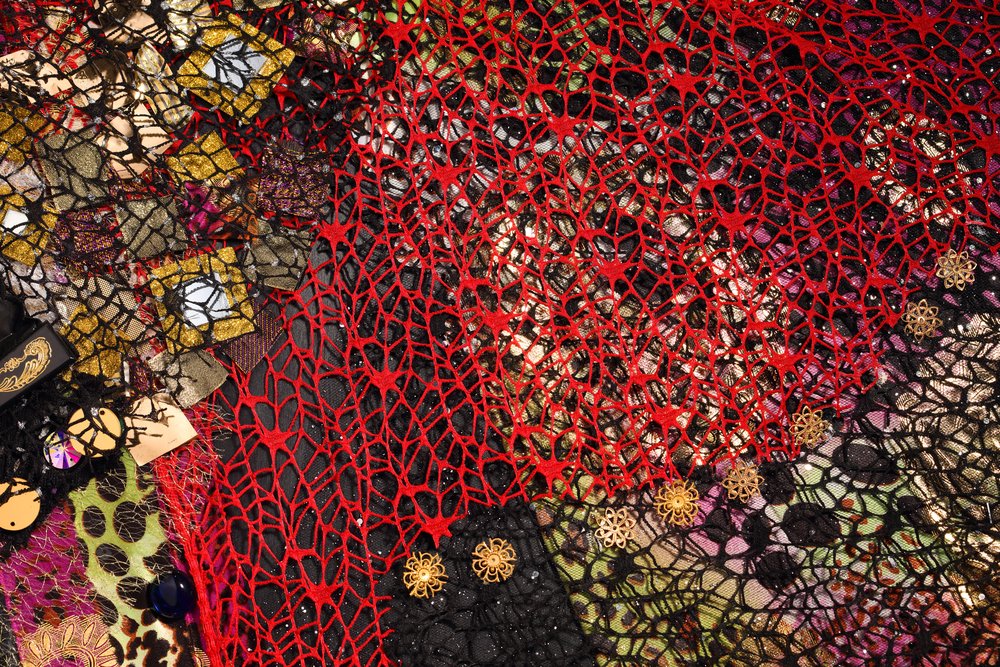Pierre Vauconsant

Trained in Applied Arts, Pierre Vauconsant approaches painting by creating industrial landscapes and river harbours. Captured by Hispano-Moorish architecture and the colours of the Mediterranean perceived during a long stay in Andalusia, he began to draw and paint on different supports with a palette that was still dark.
From 1962 to the 2000s he mainly devoted himself to drawing, sketching, oil and pastel on cardboard, memories of his travel impressions.
From 2001 the search for "Light and its eternal struggle with Shadow" became his major preoccupation associated with the "refusal of easy, fashionable effects". He cannot conceive "a purely gestural painting, without a backbone where any composition has disappeared".
Vauconsant walks "between a painting that only wants to say and show and a purely abstract painting" until 2017 when he begins a strong evolution in his practice. The change comes about following the creation of a 6.5 m. high ephemeral work inside a church. Using utilitarian materials, he discovers another relationship with light: it will assume the role of the main actress of his research.
From then on, he proceeds by stretching "on a canvas frame a black satin background dressed with different moiré or damask fabrics, survival blankets or vinyl films, lace or black or coloured guipure, enriched with mirrors, pearls or rhinestones". All the materials and artefacts used come from flea markets, which puts him on the side of "Arte Povera" even though, for the first part of his production, he rather referred to Poliakoff and Nicolas de Staël.
Since 2001, Pierre Vauconsant's works have been presented in group and solo exhibitions in prestigious venues and are included in the private collections of art lovers and selective collectors.


